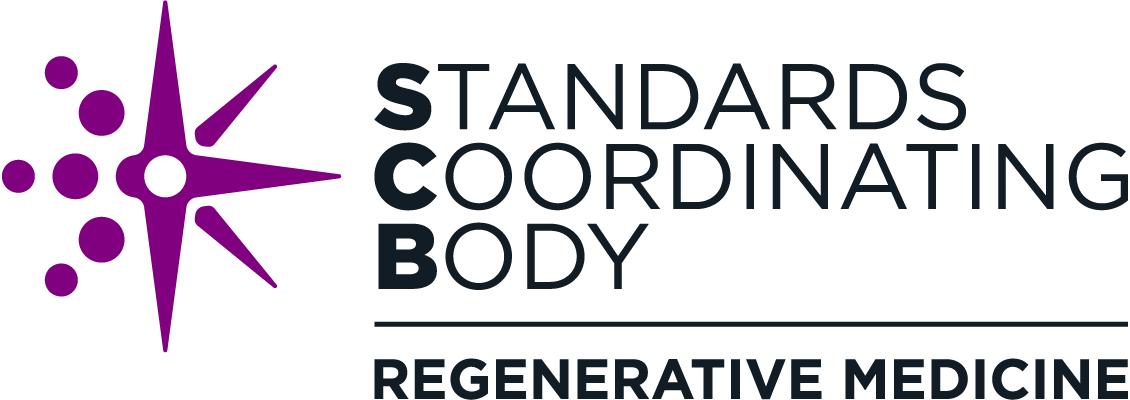Ask SCB: How Standards Fit into the U.S. Regulatory Process
SCB Senior Scientific Program Manager Dawn Henke, PhD, and Scientific Program Manager Katie Zander, PhD, weigh in on common questions from the regenerative medicine community related to standards and the U.S. regulatory process.
What is the role of standards in the U.S. regulatory process?
Katie: I think it’s really important to first look at the U.S. government’s legal stance on the federal use of standards for regenerative medicine products. This stance is mandated in the National Technology Transfer and Advancement Act (NTTAA) and the Federal Food, Drug, and Cosmetic Act (FD&C). It is further clarified in two FDA guidances, Standards Development and the Use of Standards in Regulatory Submissions Reviewed in the Center for Biologics Evaluation and Research, and Appropriate Use of Voluntary Consensus Standards in Premarket Submissions for Medical Devices, issued in 2017–2018.
This stance across the federal government is well summarized by the Office of Management and Budget (OMB) as follows:
“Agencies shall use existing voluntary consensus standards, both domestic and international, in their regulatory and procurement activities as a means of carrying out policy objectives or activities determined by the agencies, unless use of such standards would be inconsistent with applicable law or otherwise impractical. Agencies shall use such voluntary consensus standards for test methods, procurement guidelines, management systems, sampling procedures, or protocols to determine whether established regulatory limits or targets have been met.”
Dawn: One of the key takeaways from this statement is that the FDA prefers that product sponsors use consensus-based standards in regulatory applications.
Using standards makes the review process easier and more streamlined for both sponsors and regulators. As a sponsor, using a standard makes your application less complicated—you may be able to explain how you implemented your standard rather than giving all the details of your protocols. It also may reduce the number of questions FDA will have about your product development process.
Are standards mandatory?
Katie: There is a common misperception that standards are required like regulations, but it is your choice whether or not to use a standard.
If you adopt a standard, do you need to follow it exactly?
Dawn: No. If the standard has elements that don’t make sense for your organization’s processes, you don’t have to use them. In that case, you should include language in your application that indicates you used a standard but also explains how you deviated from it.
Katie: We plan to discuss this topic in more detail in our upcoming standard implementation course anticipated later this year.
Does FDA need to write guidance on a topic before it can be standardized?
Dawn: No—in fact, a good standard takes into consideration what already is in the regulatory landscape and fills in the gaps. FDA participates in the drafting process for many consensus standards, which often gives them a chance to ensure that the standard aligns with FDA perspectives.
Katie: Developing standards in advance of guidance can be advantageous in rapidly developing and nascent fields like regenerative medicine. This technology is still growing and changing, and that requires a certain amount of flexibility.
What types of standards does FDA recognize?
Dawn: The Center for Devices and Radiological Health (CDRH) at FDA has a database of standards that they informally recognize, but they also support the use of standards outside this list. They prefer consensus standards—standards that have gone through a full process of public comment, revisions, and regular maintenance. You can usually identify consensus standards based on whether the developer is American National Standards Institute (ANSI) accredited.
There are also instances, often when dealing with niche topic focuses, where non-consensus standards are valuable to FDA as well.
What is the most important thing to understand about standards and the regulatory process?
Dawn: I think it is critical that people understand that the FDA prefers the use of standards, and that voluntary consensus-based standards often reflect the view of FDA and other regulatory bodies.
Explore SCB’s Standards 101 resources to learn more about standards, regulations, and guidances.
